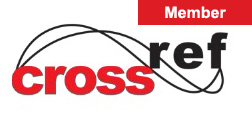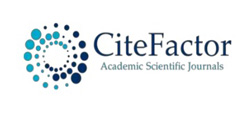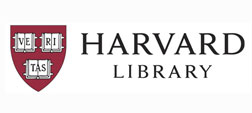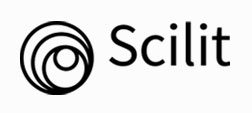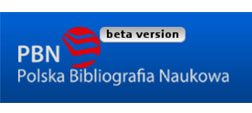Top Links
Journal of Marine Biology and Aquatic Research
Protection and Valuation of Mediterranean Species: The Role of Aquaculture
Copyright: © 2018 Trigos S. This is an open-access article distributed under the terms of the Creative Commons Attribution License, which permits unrestricted use, distribution, and reproduction in any medium, provided the original author and source are credited.
Related article at Pubmed, Google Scholar
The Mediterranean Sea is catalogued worldwide as one of the 25 “hot spots” in terms of biological diversity [1]. However, it hosts many threatened species including turtles, marine mammals, rays and sharks, with chondrichthyans being the group exposed to the highest risk, with 42% of the species living under some type of threat [2]. On the other hand, a third of the other species studied in these waters, are not under any apparent risk [3]. This fact, does not means a healthy status of conservation, but a worrying lack of data that prevents assessing the real degree of conservation.
Together with the implementation of legal measures and management plans, there are other strategies of protection considered as essential for the conservation of the Mediterranean Sea and the species inhabiting it. Moreover, the creation of a network of marine protected areas (MPA´s) allows generating a broader ecosystemic approach on the conservation of natural areas, education and divulgation activities that involve current and future generations or scientific monitoring and research surveys. The development of protected areas is also closely related to the monitoring and special protection of those species that require it. In Spain, Law 42/2007 on Natural Heritage and biodiversity combines both concepts with the aim of guaranteeing the conservation of wild native species by preserving their natural habitats.
A tool that has awakened both scientific and management interest in the last years, is the production in captivity of species exposed to some type of threat. Applied to economical interest species, captive breeding has considerably minimized the pressure exerted on certain commercial stocks around the world where exist a disproportionate decrease in their populations [4]. Hence, some threatened species such as the grouper (Epinephelus marginatus), sturgeon (Acipenser sturio) or bluefin tuna (Thunnus thynnus), whose biological cycle has been recently completed successfully in captivity [5], have been found in aquaculture the reinforcement that allows the progressive recovery of their natural populations [6-8].
However, there are many species that despite not having a proven commercial interest, play an important role in marine ecosystems and therefore, have a high ecological value. For them and especially those that are threatened or subjected to some type of risk, captive breeding has also been proposed as a possible conservation strategy that would allow the continuity of their populations [9].
In this sense, scientific and technical programs are increasingly oriented towards the biological restoration or "biorestoration" of our seas and oceans. Thus, the captive breeding of species of high ecological value such as the fan mussel (Pinna nobilis), the seahorse (Hippocampus spp.) whose populations are severely depleted, has become one of the essential tools to ensure its continuity. From the Institut Ocèanographique Paul Ricard, different techniques based on polytrophic aquaculture have been developed in recent years, which allows to combine the production of different species of ecological, commercial and ecological interest [10].
The purpose of the polytrophic aquaculture is to be able to raise several species from the food given to only one of them. The other species use the waste produced by the first one to their development. Thus, the breeding is proposed as more effective, in terms of growth more profitable and more sustainable with the environment: the amount of food invested is lower, and the water flux is naturally purified by the organisms present in the circuit.
Besides the sea-bass (Dicentrarchus labrax) the set up program can also include other commercial and non-commercial species such as sea urchins (Paracentrotus lividus), green algae (Ulva spp), mussels (Mytilus spp), polychaetes and gastropods such as Phorcus turbinatus. The green algae and the polychaetes grow thanks to the waste of fishes whereas sea urchins feeds on algae. Moreover, mussels and gastropods filter organic and inorganic matter purifying the bulk of water.

